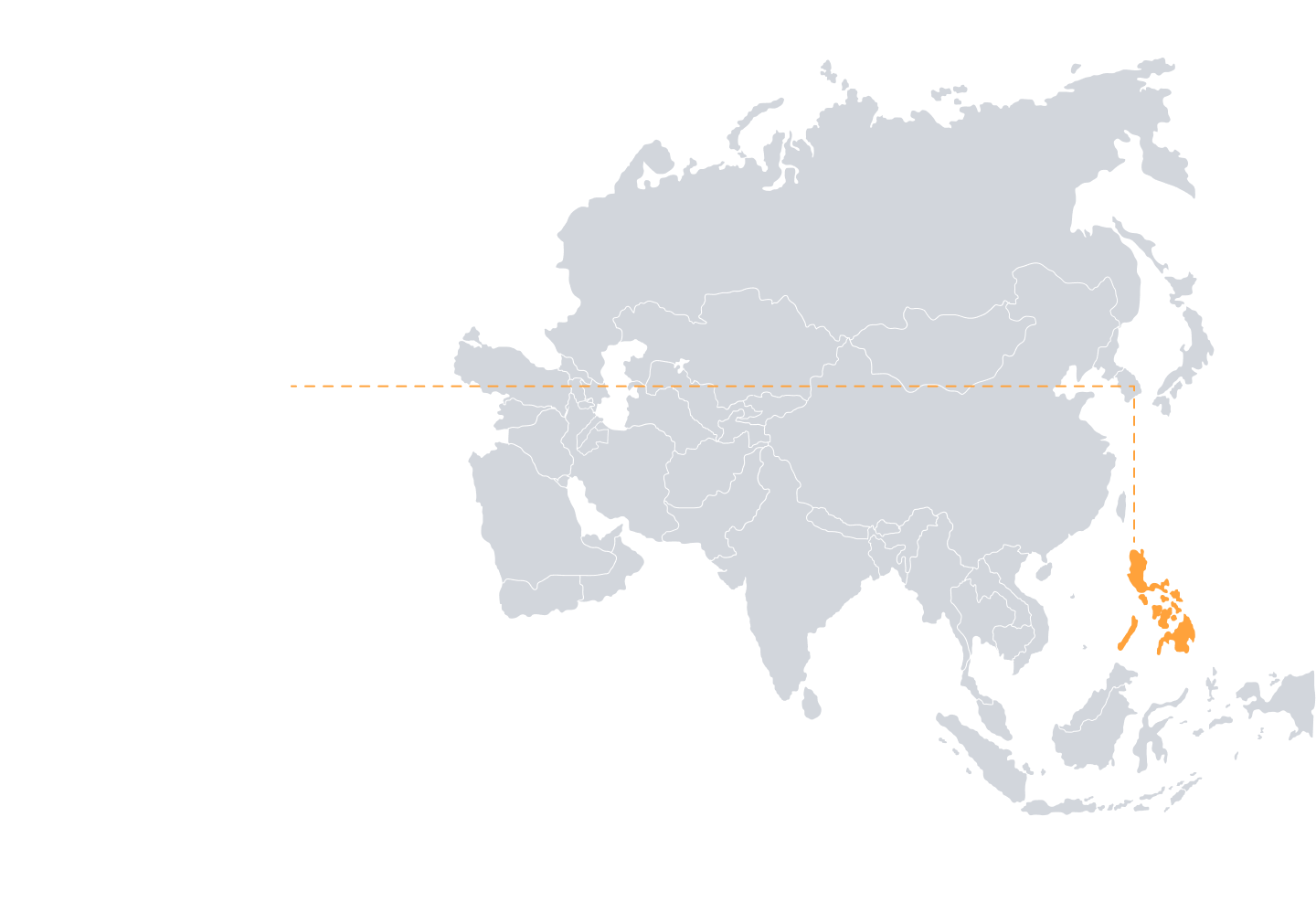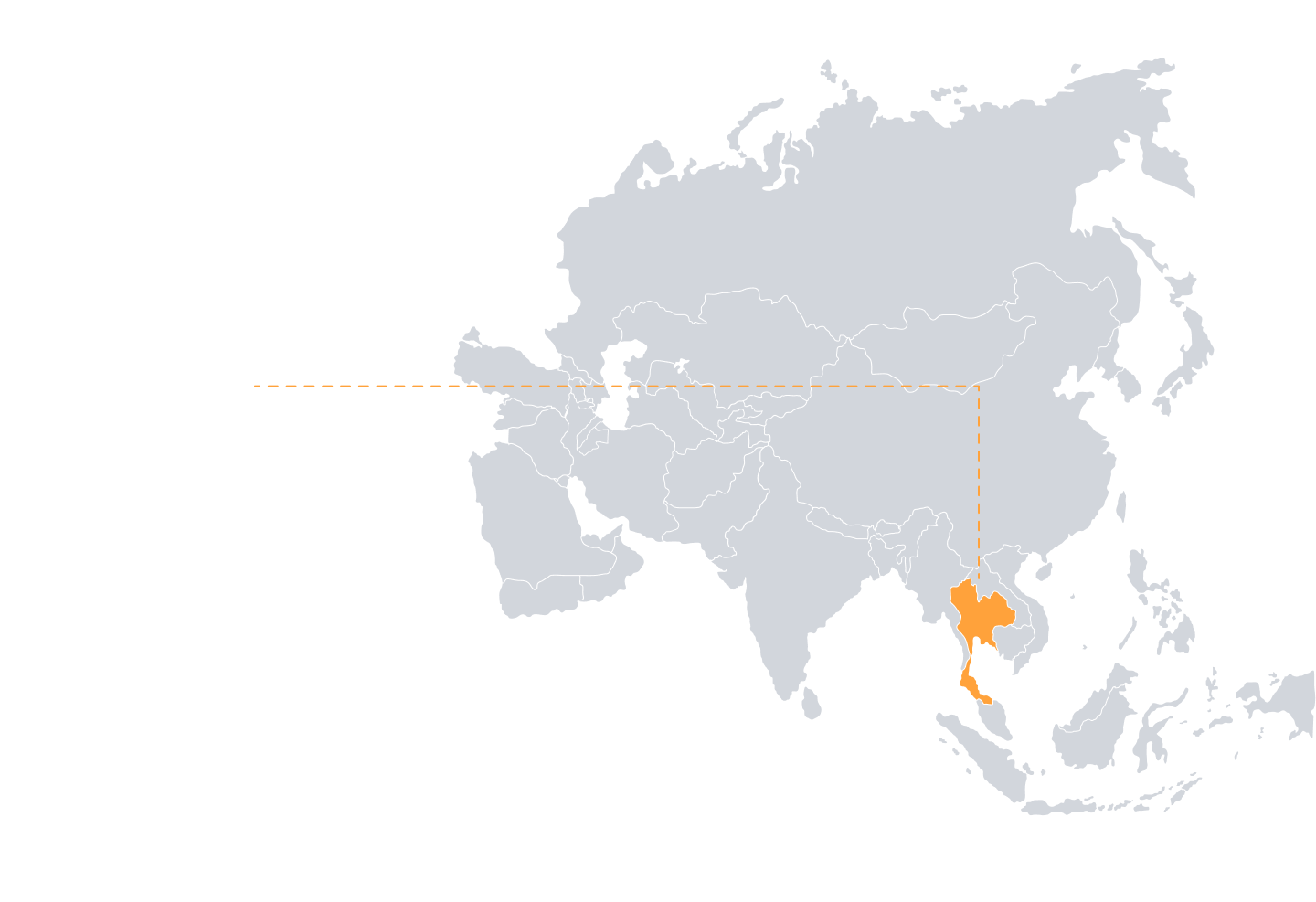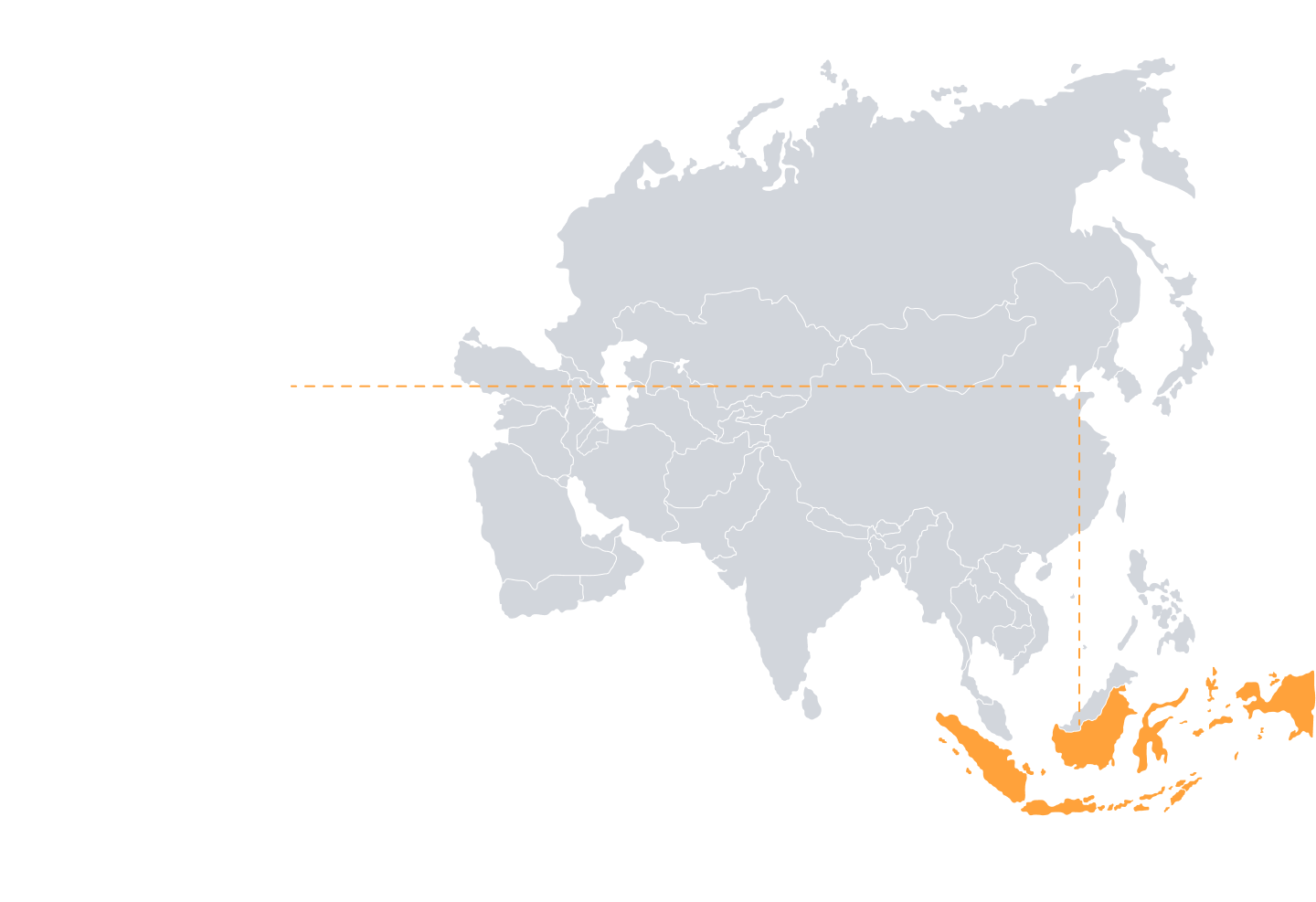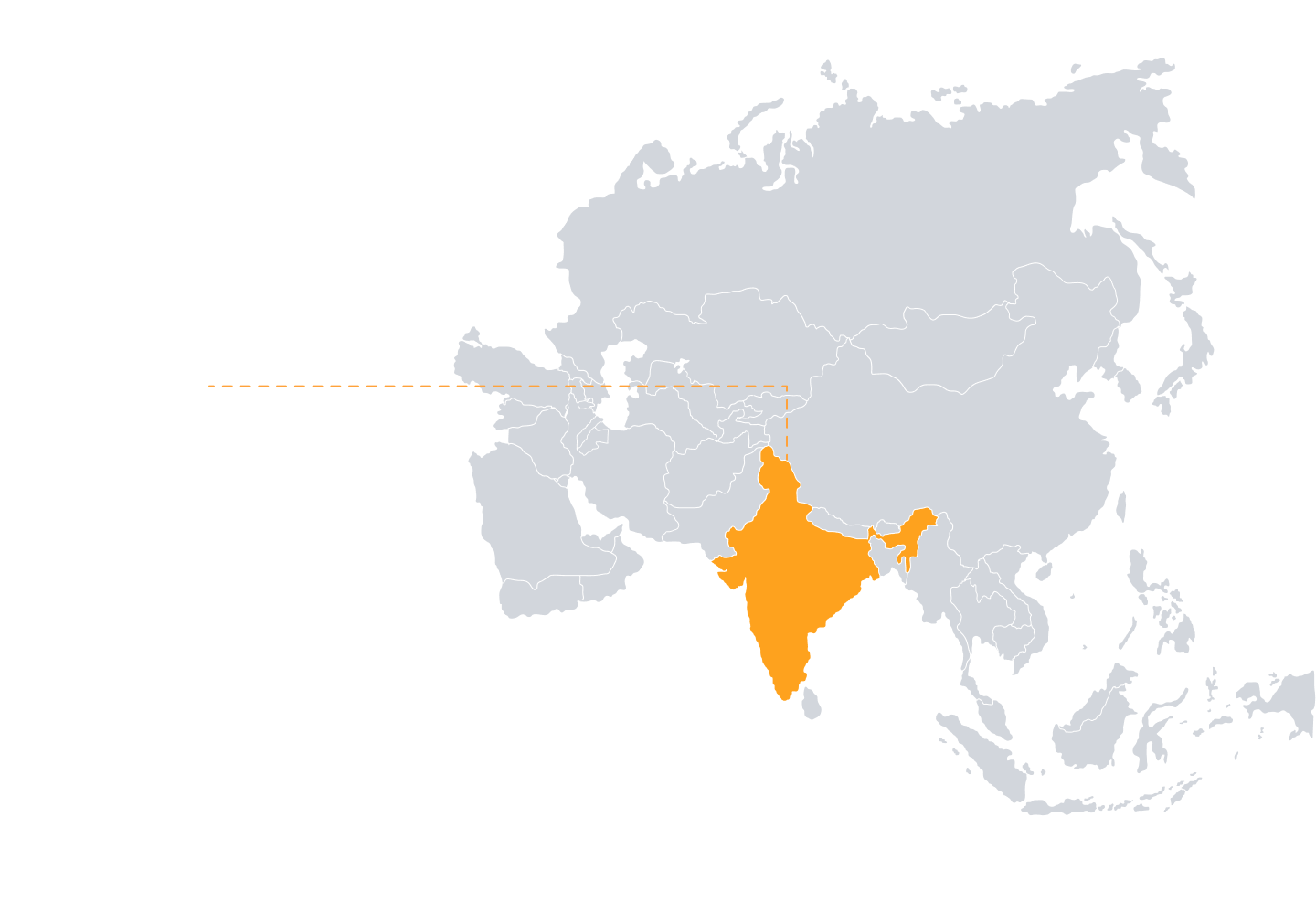Studies show that the Asia-Pacific region has shown a change in dietary patterns throughout the region as food insecurity decreased, and more food became available to the populace. This is mainly credited to the rapid development in the region in the past 3 decades: according to the Asian Development Bank, Asia’s economic growth rates have averaged at 6% since the 2000s.
Asia’s economic prosperity has also led to changes in the region’s diet, as it made food more available at lower prices. This is what public health experts call the “nutrition transition,” where higher-calorie diets have replaced more traditional diets, increasing risk factors for obesity and other potential chronic diseases.
The region’s rapid urbanization has also led to a change in lifestyles. According to the World Health Organization, urban environments are also linked to more sedentary lifestyles, decreased physical activity, and a surge in illnesses such as heart disease, cancer, and diabetes.
The increase in these so-called urban lifestyles across the region has also led to more instances of overweight and obesity rates in Asia. ADB reports that Asia’s urban population increased from 1990 to 2015, growing from one-third to now comprising one-half of the region.
Asia’s shift from agriculture to manufacturing industries and services — which typically don’t require as much physical activity — can also lead to weight gain, especially when compounded with urban trends of dining out over cooking at home, and longer travel times.
In countries like India, urbanization has especially led young people to adopt fat-rich, energy-dense junk foods in their diet, making adolescents and young adults more prone to becoming obese.
What Happens When You Have Obesity?
Obesity is a trigger and a risk factor for other serious and chronic conditions. Here are some of the conditions obesity can lead to:
Kidney Disease

Obesity is a risk factor for chronic kidney disease (CKD). You are more likely to develop major risk factors for chronic kidney disease when you are obese, such as diabetes and hypertension. Studies show that diabetes is the leading cause of kidney disease: 1 out of 4 people with diabetes also have kidney disease.
Cardiovascular Disease (Atherosclerosis)

Obesity can leave you prone to developing cardiovascular disease. One of these is atherosclerosis, a condition that results from the buildup of plaque or fatty deposits in a person’s blood vessels.
Over time, plaque buildup can restrict blood vessels and can hinder proper circulation — potentially blocking it completely — which can lead to a heart attack or a stroke.
Cancer

Studies show that obesity increases the risk of cancer. U.S. Cancer Statistics data shows that 55% of all cancers identified in women and 24% of those in men were associated with obesity.
Extra fat cells increase inflammation and produce estrogen, as well as other growth hormones — all of which cause cells to divide more often. This rapid cell division increases the risk of developing cancer cells.
Having too much excess fat can increase your risk for different types of cancer such as liver cancer, kidney cancer, breast cancer, ovarian cancer, colorectal cancer, and pancreatic cancer.
Osteoarthritis

Being obese can cause a number of health problems as the extra weight puts additional strain on the body, such as osteoarthritis. Heavy weight adds extra pressure on your knees, which makes it more difficult to support your weight. This can cause damage to your joints, and can make it difficult for your muscles to support your movement.
Are You at Risk of Obesity? Get Started





































